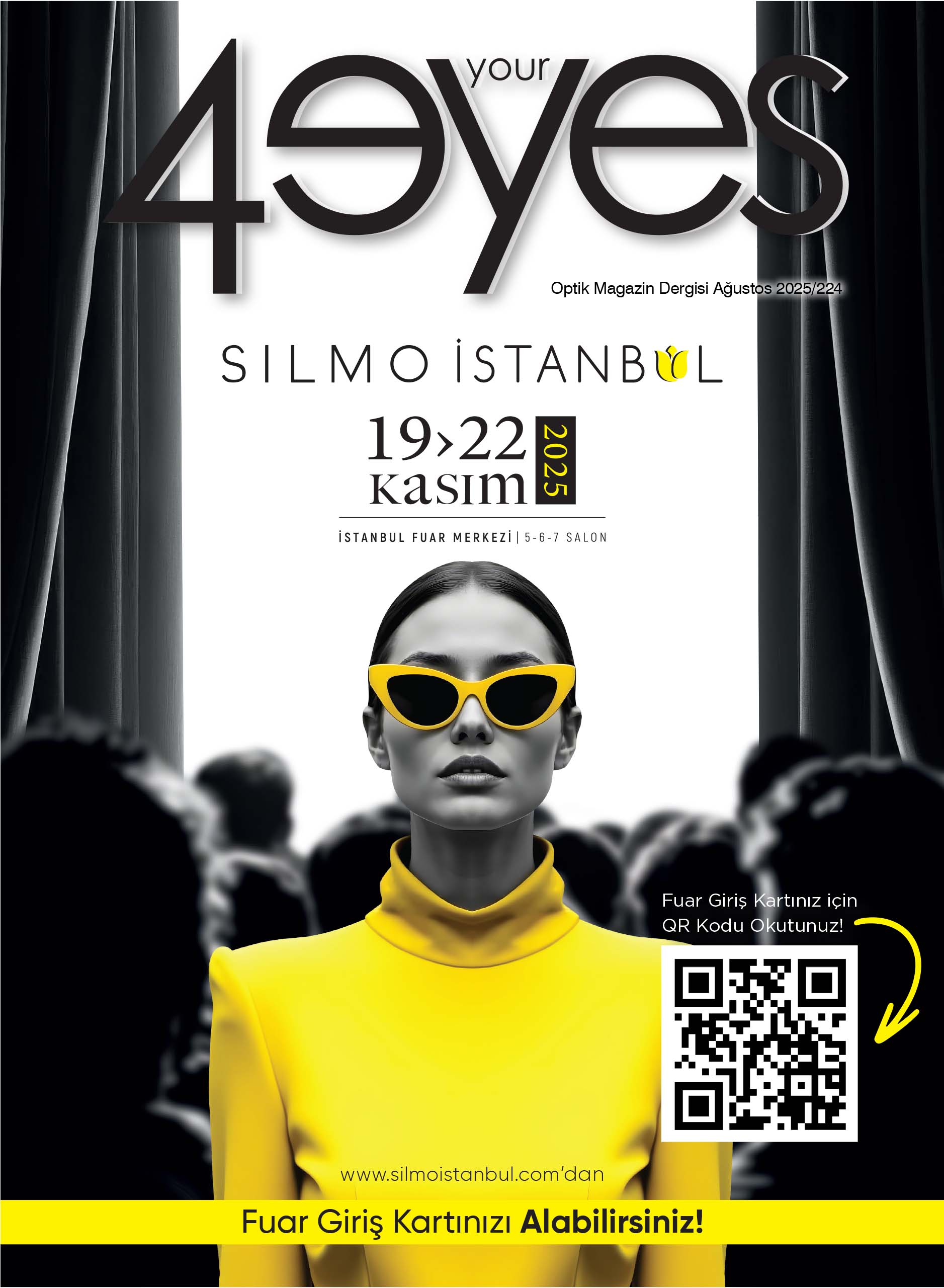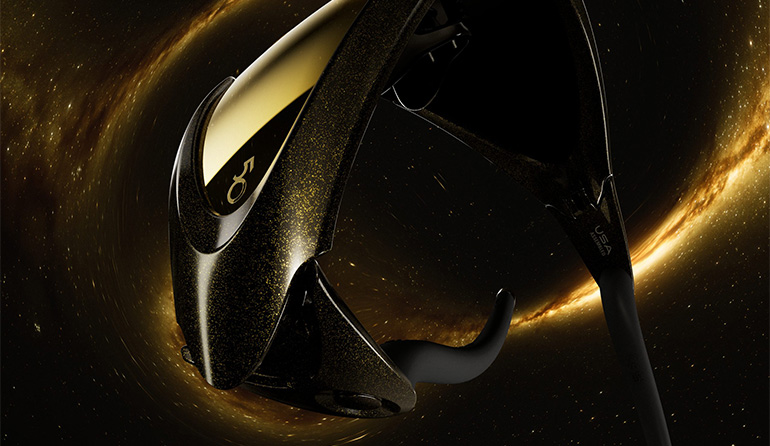
Future of Eyewear with 3D Printing
Producing Europe’s most prestigious 3D printed eyewear based on the latest technologies, Materialise Eyewear has been delivering reliable, repeatable and scalable quality for the last 10 years.
Materialise Eyewear embraces the future of eyewear with 3D printing technology. As one of Europe’s most prestigious innovators in 3D printed eyewear, Materialise has pioneered major innovations in the field for 10 years, winning numerous awards. Get ready to discover the world of Materialise, where design freedom and more sustainable, on-demand manufacturing combine to deliver the ultimate in business agility. With its sophisticated knowledge of 3D printing for eyewear and dedicated production lines, Materialise Eyewear provides the edge needed to confidently unleash creativity and innovation and give customers the richest experience possible. Here is an interview about the brand with Alireza Parandian, Global Business Strategy Manager for Additive Manufacturing Wearables at Materialise Eyewear.
Can you summarize for our readers your journey from the development of 3D printed eyewear at Materialise Eyewear?
We started producing eyewear under the Materialise signature in 2014 in response to numerous requests from companies interested in the application of 3D printing. In close collaboration with Hoet, we explored two key benefits of 3DP: freedom of design and freedom of production. The aim was to inspire industry adoption based on these value propositions, launch a digital craftsmanship movement and gradually improve quality to meet industry expectations through cycles of investment and challenge. In 2016, when we collaborated with Oxydo By Safilo on Wearable Sculptures, we increased trust in 3DP by blending complex sculptural elements with traditional Italian designs. In 2018, we also added luxury materials to the portfolio with 3DP metal, giving brands the option for more polished finishes. We then expanded to include new sustainable materials such as bio-based materials, announcing smart glasses initiatives around 2020 that align with the needs of smart technology.


What are the services you offer to partners in the optical business who want to launch a 3D printed collection?
Our manufacturing services offer partners a standard onboarding process, providing a seamless pathway to delve into the possibilities of AM (Additive Manufacturing) for eyewear. Leveraging our extensive expertise in AM of eyewear, we have refined our process over the years to ensure efficiency and effectiveness. This standard approach serves as a foundational step for partners to explore and understand the potential benefits of integrating 3D printing into their eyewear collections. In addition to our standard onboarding, we provide custom onboarding services tailored to meet the unique needs and quality standards of individual brands. This personalized approach is guided by experienced sales engineers and a dedicated team of production experts. Through close collaboration and attention to detail, we strive to align our offering precisely with the specific requirements and preferences of each brand. This tailored approach ensures that partners receive a customized experience that meets their exact needs and expectations. We also offer a range of personalization options of eyewear collections, with or without a digital experience.


Tell us about the collections you have recently developed and explain the innovation and design work behind them?
We’ve collaborated with weareannu, who choose a bio-based material for their incredibly thin and lightweight collection. The bio-based material that we use offers extremely high impact resistance and you can achieve very nice colours, muted tones, vibrant and pastel colours. We’ve supported Odette Lunette with this same material for children’s eyewear, which was awarded a SILMO d’Or in 2023. Yohji Yamamoto wanted to do very unique sculptural frames as limited editions in their collection and these were introduced at MIDO 2024 and we will continue doing this in the coming years. In the consumer segment of smart eyewear, we have intensively collaborated with MORROW, who was awarded with a SILMO d’Or for their technology. We are currently working with multiple retailers that offer personalization at scale.
You started working with translucent materials towards the end of last year. Are you already putting out designs that are translucent and what are the differences in producing with this material?
We are in a pre-commercial stage and still developing and fine-tuning this offering. The new translucent material is the result of five years of extensive trialling of over 50 different materials against the gold standard of established eyewear materials, including tests for bio-compatibility, thermal resilience, and impact resistance. After looking at these 50 materials, we chose translucent to bring to the market. Our idea is not to compete with acetate, but this material offers the ability to play with complex shapes, intricate structures, and textures that are impossible to replicate with traditional production techniques, allowing designers to move beyond what is possible with acetate. Multiple projects are currently in the works with partners to ensure there is a product market fit.
Can we expect more new finishes coming up in 3D printed or other new developments? Do you work with 3D printed titanium or other metals?
Yes, with translucent we are expecting to have nonporous, smooth and translucent surfaces, and in terms of complexity we can add layers to create depth. With textures, we have an expert team of designers and engineers that custom develop textures with software from Materialise. This is applied on a variety of frames, using components that can be put together to add multiple colours to the same frame (bi-colour frames). Titanium or other metals – yes. Titanium is the main precious metal that we offer, in combination with an artisanal manual finishing process, which has been awarded the SILMO d’Or 2018 with McLaren and we have realized it with other luxury collections (Porsche 50Y anniversary frames, 2022). We think 3DP has established itself as a technology that can offer flexibility and efficiency. As sustainability is becoming a major agenda point, we expect the adoption of 3DP in eyewear to continue strongly in the coming years. We expect our new materials to drive this growth as they offer new possibilities in terms of look and feel.
Source: 20/20 Europe
August 2024




